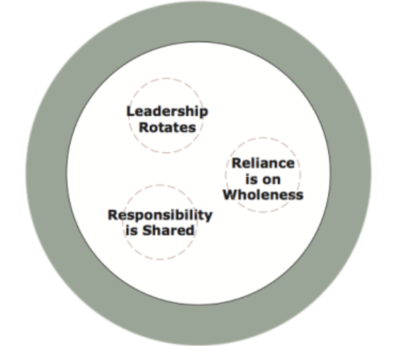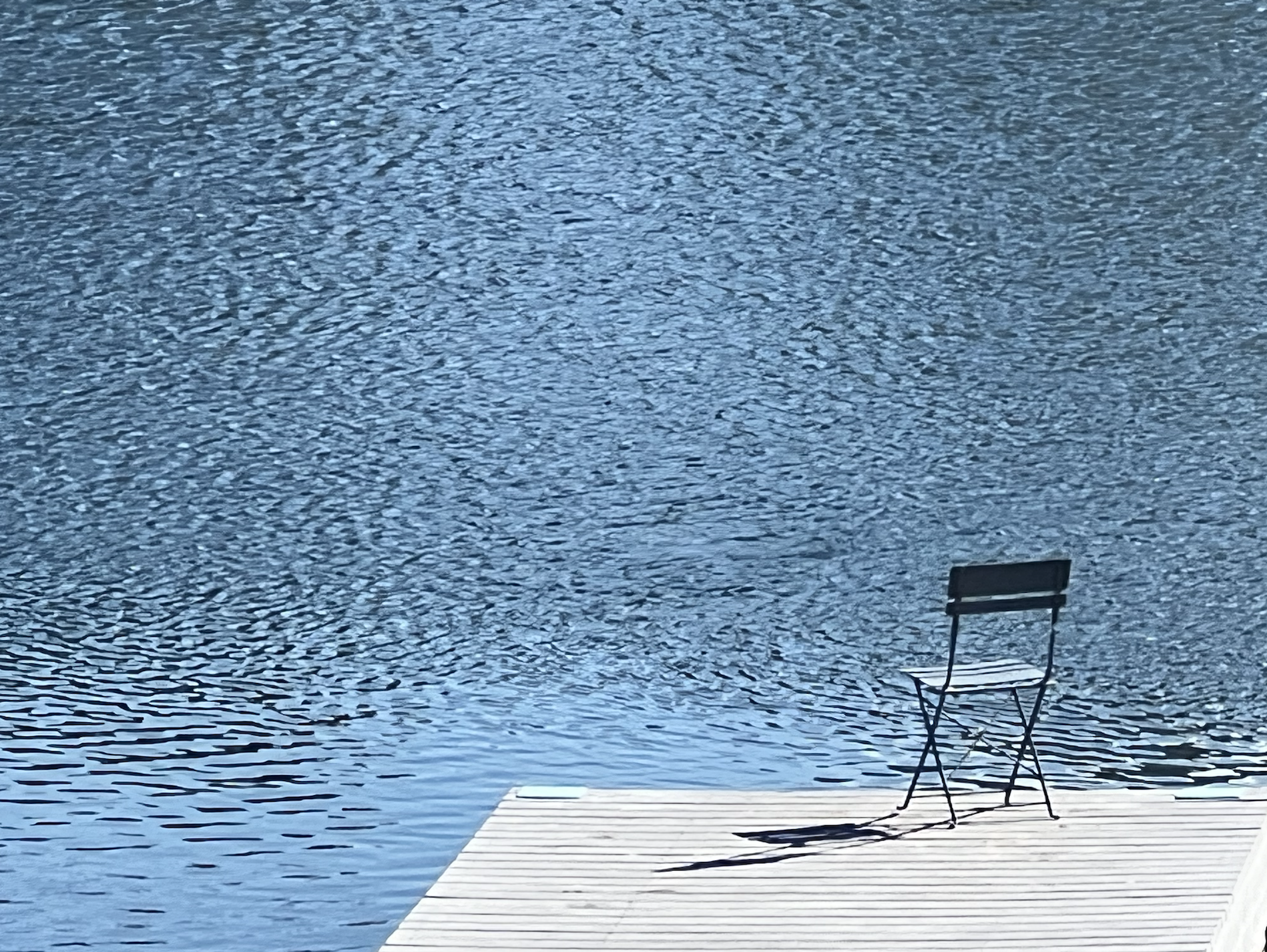
Later today I’ll be teaching a short segment for The Circle Way, An Online Class to Introduce and Nuance The Components Wheel, a four-week class that I cohost with Amanda Fenton. We’ve had an overall plan for this class each of the five times we’ve offered it in the last three years. I like it that, in addition to our plan, Amanda and I bring ourselves bring forward our current learnings, nuancing, and questions. Today’s short segment that I offer will be on Three Principles: Rotate Leadership, Responsibility is Shared, and Reliance is on Wholeness. Three R’s.
A few teasers:
Rotate Leadership
- Imagery: “more hands make light work”
- Connected Principle: “people support what they create”
- Nuance: “not about just being nice; it’s about contributing to the health of a system”
- When Absent: “lots of pressure for the regular leader; can unintentionally reinforce a hierarchy; missed opportunity for inclusion”
- When Present: “shared contributions; builds kindness; builds attentiveness”
- A Practice: “rotate the roles of host, guardian, scribe so that more people can build and offer their leadership”
Responsibility is Shared
- Imagery: “when cleaning the kitchen, until all of us are done, none of us are done”
- Connected Principle: “who we are together is different and more than who we are alone”
- Nuance: “helps create the ‘us of us'”
- When Absent: “unintended detachment, distractedness, fragmentation”
- When Present: “ownership, attentiveness, integration”
- A Practice: “pay attention as if you were leading the next part, needing to integrate with what has already happened”
Reliance on Wholeness
- Imagery: “sometimes the truth depends on a walk around the lake”
- Connected Principle: “I don’t know, but we do”
- Nuance: “circle creates a composite being, not just a sum of the participants”
- When Absent: “circle comes off more mechanical”
- When Present: “more likely to experience an emergence of awareness”
- A Practice: “pass a piece to invite what people are noticing is arising from the circle now”
Circle remains at the root of so much group work and facilitation. In the story I tell myself, circle helps restore the ability to turn to one another, so that we might find connection, learning, and practice in the “us of us.”




